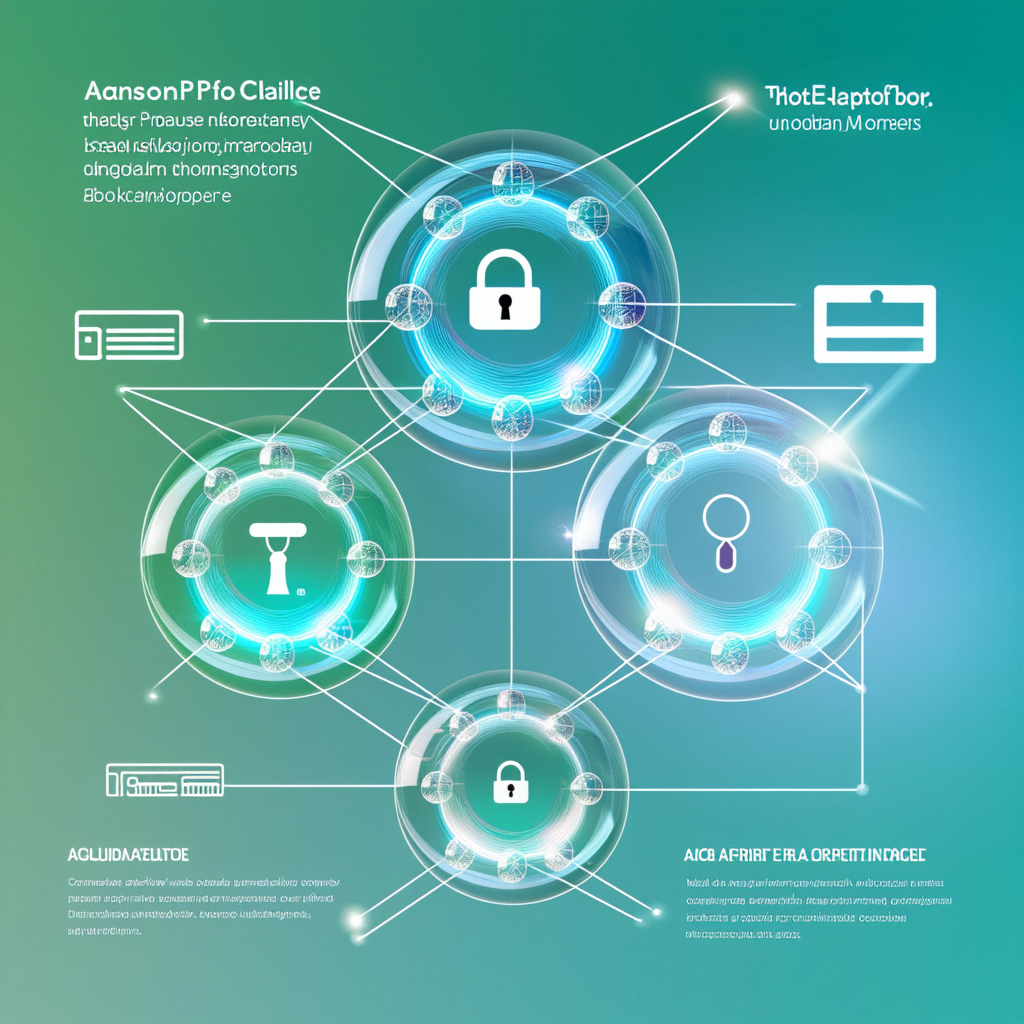Electron 项目启动外部可执行文件的几种方式
序言
在开发 Electron 应用程序时,有时需要启动外部的可执行文件(如 .exe 文件)。这可能是为了调用系统工具、运行第三方软件或者集成现有的应用程序。
Electron 提供了多种方式来启动外部可执行文件,每种方法都有其适用场景和优缺点。本文将详细介绍这些方法,并提供详细的代码示例,帮助你在实际开发中选择最适合的方式来启动外部可执行文件。
1. 设置项目环境
首先,确保你已经安装了 Electron 和 child_process 模块。如果还没有安装,可以使用以下命令进行安装:
npm install electron --save-dev
2. 使用 child_process.spawn 启动外部可执行文件
child_process.spawn 是 Node.js 提供的一个方法,用于异步启动子进程。它非常适合启动长时间运行的进程,并且可以方便地处理标准输入、输出和错误流。
示例代码
const { app, BrowserWindow } = require('electron');
const { spawn } = require('child_process');let mainWindow;function createWindow() {mainWindow = new BrowserWindow({width: 800,height: 600,webPreferences: {nodeIntegration: true,contextIsolation: false,}});mainWindow.loadFile('index.html');
}app.on('ready', async () => {await createWindow();// 启动外部可执行文件function startExternalApp() {const child = spawn('notepad.exe'); // 示例:启动记事本child.stdout.on('data', (data) => {console.log(`stdout: ${data}`);});child.stderr.on('data', (data) => {console.error(`stderr: ${data}`);});child.on('close', (code) => {console.log(`子进程退出,退出码 ${code}`);});}// 绑定按钮事件mainWindow.webContents.on('did-finish-load', () => {mainWindow.webContents.send('init-start-button');});mainWindow.webContents.on('start-app', () => {startExternalApp();});
});
前端代码
<!DOCTYPE html>
<html lang="en">
<head><meta charset="UTF-8"><meta name="viewport" content="width=device-width, initial-scale=1.0"><title>Electron Start External App</title>
</head>
<body><h1>Electron Start External App Example</h1><button id="start-button">Start External App</button><script>const { ipcRenderer } = require('electron');document.getElementById('start-button').addEventListener('click', () => {ipcRenderer.send('start-app');});ipcRenderer.on('init-start-button', () => {console.log('Start button initialized');});</script>
</body>
</html>
3. 使用 child_process.exec 启动外部可执行文件
child_process.exec 方法也用于启动子进程,但它更适合执行简单的命令行操作,并且会等待命令执行完毕后返回结果。
示例代码
const { app, BrowserWindow } = require('electron');
const { exec } = require('child_process');let mainWindow;function createWindow() {mainWindow = new BrowserWindow({width: 800,height: 600,webPreferences: {nodeIntegration: true,contextIsolation: false,}});mainWindow.loadFile('index.html');
}app.on('ready', async () => {await createWindow();// 启动外部可执行文件function startExternalApp() {const command = 'notepad.exe'; // 示例:启动记事本exec(command, (error, stdout, stderr) => {if (error) {console.error(`exec error: ${error}`);return;}console.log(`stdout: ${stdout}`);console.error(`stderr: ${stderr}`);});}// 绑定按钮事件mainWindow.webContents.on('did-finish-load', () => {mainWindow.webContents.send('init-start-button');});mainWindow.webContents.on('start-app', () => {startExternalApp();});
});
4. 使用 shell.openPath 或 shell.openExternal 启动外部可执行文件
shell.openPath 和 shell.openExternal 是 Electron 提供的方法,用于打开文件、目录或 URL。这些方法适用于不需要与外部进程进行交互的情况。
示例代码
const { app, BrowserWindow, shell } = require('electron');let mainWindow;function createWindow() {mainWindow = new BrowserWindow({width: 800,height: 600,webPreferences: {nodeIntegration: true,contextIsolation: false,}});mainWindow.loadFile('index.html');
}app.on('ready', async () => {await createWindow();// 启动外部可执行文件function startExternalApp() {const filePath = 'C:\\path\\to\\your\\app.exe'; // 替换为实际路径// 使用 shell.openPath 打开文件shell.openPath(filePath).then(() => {console.log('文件已打开');}).catch(err => {console.error(`打开文件时发生错误: ${err}`);});// 使用 shell.openExternal 打开文件shell.openExternal(filePath).then(() => {console.log('文件已打开');}).catch(err => {console.error(`打开文件时发生错误: ${err}`);});}// 绑定按钮事件mainWindow.webContents.on('did-finish-load', () => {mainWindow.webContents.send('init-start-button');});mainWindow.webContents.on('start-app', () => {startExternalApp();});
});
5. 使用 child_process.fork 启动外部 Node.js 脚本
child_process.fork 方法用于启动一个新的 Node.js 进程,并且可以方便地进行进程间通信。
示例代码
假设你有一个 Node.js 脚本 child.js:
// child.js
console.log('子进程启动');
process.on('message', (msg) => {console.log(`收到消息: ${msg}`);process.send('子进程响应');
});
在主进程中启动这个脚本:
const { app, BrowserWindow } = require('electron');
const { fork } = require('child_process');let mainWindow;function createWindow() {mainWindow = new BrowserWindow({width: 800,height: 600,webPreferences: {nodeIntegration: true,contextIsolation: false,}});mainWindow.loadFile('index.html');
}app.on('ready', async () => {await createWindow();// 启动外部 Node.js 脚本function startExternalScript() {const child = fork('child.js');child.on('message', (msg) => {console.log(`收到消息: ${msg}`);});child.send('主进程消息');}// 绑定按钮事件mainWindow.webContents.on('did-finish-load', () => {mainWindow.webContents.send('init-start-button');});mainWindow.webContents.on('start-app', () => {startExternalScript();});
});
总结
本文介绍了在 Electron 项目中使用不同的方法来启动外部可执行文件。具体方法包括:
- 使用
child_process.spawn启动外部可执行文件:适用于需要异步启动子进程并处理标准输入、输出和错误流的情况。 - 使用
child_process.exec启动外部可执行文件:适用于执行简单的命令行操作,并等待命令执行完毕后返回结果。 - 使用
shell.openPath或shell.openExternal启动外部可执行文件:适用于不需要与外部进程进行交互的情况。 - 使用
child_process.fork启动外部 Node.js 脚本:适用于启动新的 Node.js 进程并进行进程间通信。



















